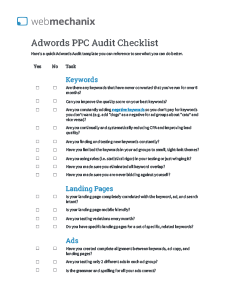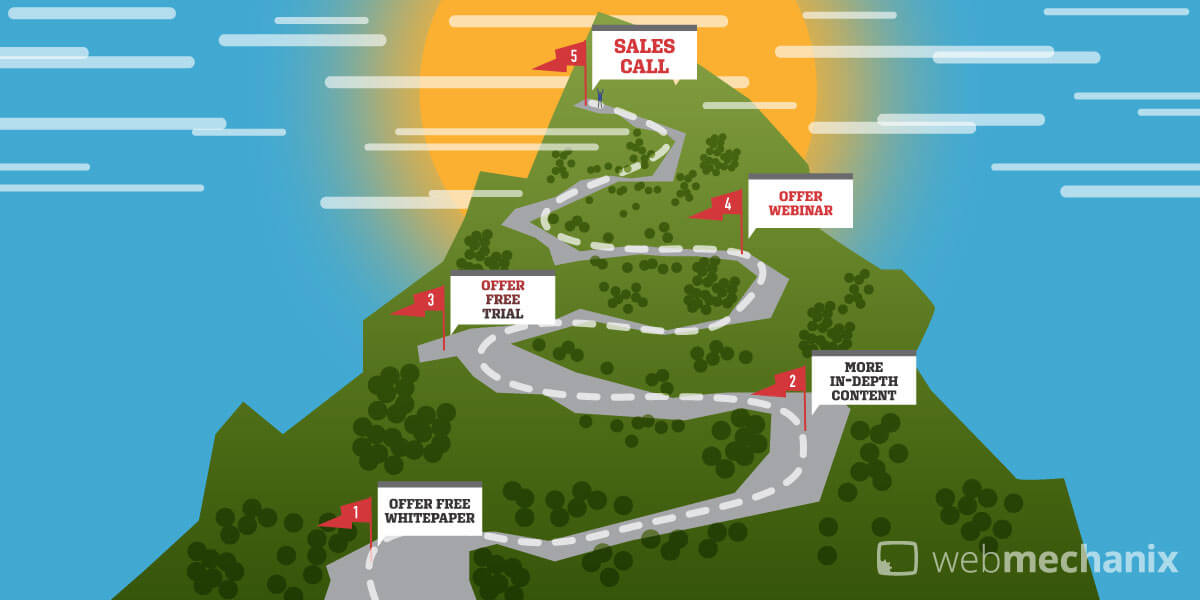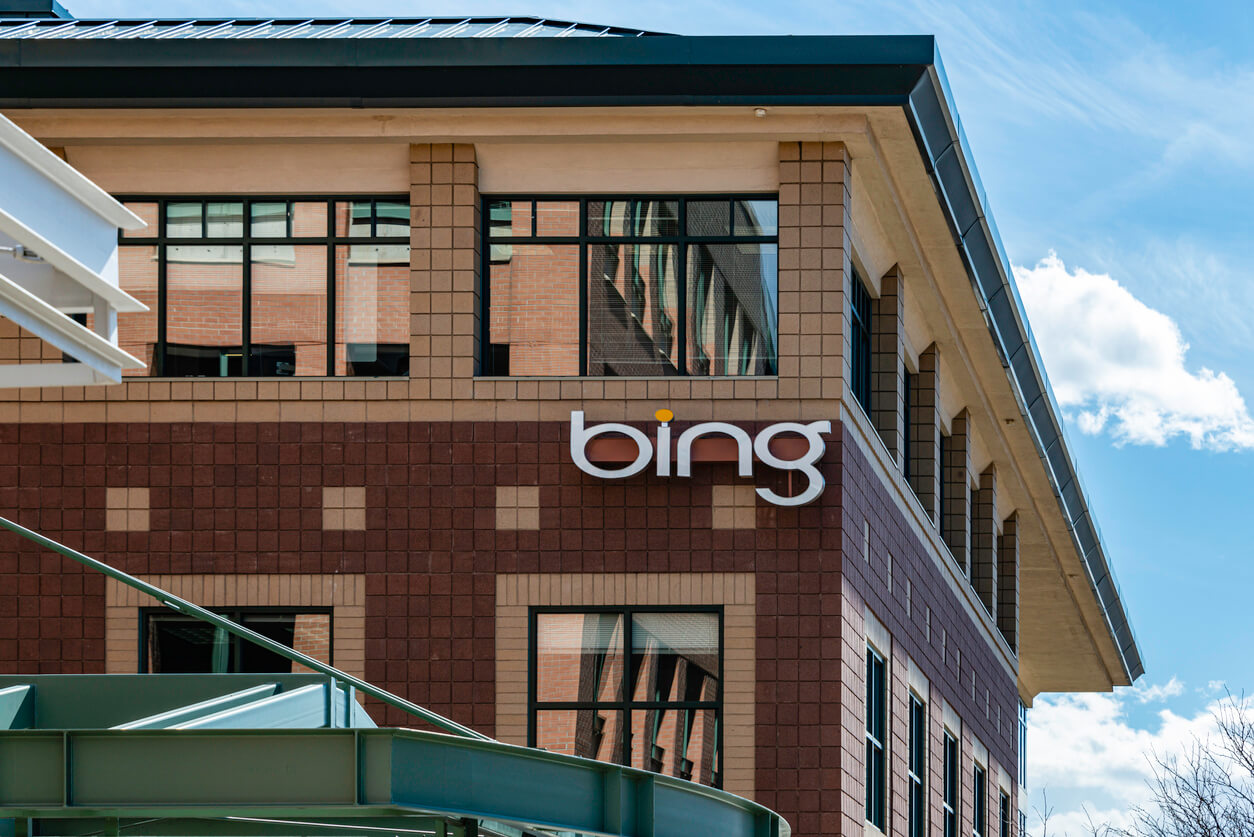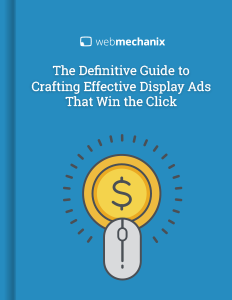
8 Over-Looked Paid Search Strategies of 2020 For Making More Money
If you’ve landed on this guide, chances are that your pay per click (PPC) campaign isn’t performing as well as you’d like—or maybe it is, and now you’re just wondering how you can optimize it further.
No matter which group you happen to fall into, this guide on the latest paid search strategies of 2020 will help you generate a positive return on your investment (ROI). We’re going to cover the top eight tactics for maximum success!
But before we get to those, let’s just quickly review the benefits of paid search marketing, which will grant you a better idea of why these strategies are worth your time and hard-earned investment.
The Top Benefits of Paid Search Marketing
Compared to other forms of marketing, paid search has the potential for much faster ROI, because people actively turn to search engines to discover solutions (as opposed to social media ads that interrupt someone who isn’t looking for a solution). And, when performed correctly, it can help you generate leads almost instantly—so you may notice an influx of phone calls, inquiries, and even purchases the very same day your ads go live!
That’s why so many businesses are attracted to pay per click (PPC) advertising. Unfortunately, though, it can sometimes prove to be a challenge.
Sometimes, PPC can become a money pit, in which your investment runs into trouble in its attempts to lead to a favorable ROI. You may end up wasting money on ad campaigns that generate plenty of clicks and rack up a hefty tab without actually making many—if any—conversions.
Sound familiar? If so, we want you to know that this situation is fixable, as long as you know how to do paid search effectively, rather than just winging it. And luckily, that’s exactly what we’re diving into next!
How to Do Paid Search Effectively
Follow the top paid search strategies of 2020, and you’ll finally begin seeing the positive ROI that you’ve been hoping for. These are also our best paid search strategies we use with our clients, to produce the most outstanding results.
While you could pick and choose your favorites to test, we actually encourage you to tackle them all (like we do for our clients). That way, you’ll be sure to guarantee the best possible ROI out of your PPC investment.
So here’s how to kick off your game plan:
#1: Perform a Paid Search Audit First (Remember This Step!)
We get it: you’re ready to dive headfirst into fixing your PPC campaign and to finally start generating high-quality leads. And although it may be tempting to skip this first PPC strategy and jump ahead to the rest, we strongly caution against this.

From experience, we’ve seen our clients waste upwards of 63% of their budget (yikes!) on campaigns with improper setups. When this happens, you’re bound to blow through your budget quickly, and come out of the whole thing without much to show for it.
So we encourage you to tackle a paid search audit right from the onset, putting your previous campaigns under a magnifying glass and looking for any red flags that may pop up—which they usually do.
Throughout this guide, we’re going to show you how to address these issues. By identifying them early on, though, you’ll know precisely where your campaigns need work. From there, you can start focusing on those issues ASAP!
We’ve already covered this topic extensively in a previous guide on how to conduct a paid search audit, so we’ll only share a few of the top tips now, starting with the biggest issues we often see:
Wasting Your Budget on Bad Keywords
This is the one that makes use cringe the most. As reported in that guide, only 9% of the keywords in Google Ad campaigns account for all of your conversions—yet useless keywords can eat up as much as 61% of your budget!
Ads targeting poor intent keywords and using terms that are not relevant enough can also serve to drive up your costs without ever leading to decent conversions. We’ve also seen multiple campaigns that target the same keywords, essentially competing against (and cannibalizing) each other.
And if you’re using relevant terms that make sense but aren’t currently leading to conversions, then this means you’re just racking up your costs right now, not your ROI.
Not using negative keywords, or keywords that are too broad (or even expensive!), may also begin eating up your budget much faster than you’d like.
Your Audience Targeting Is Off

Another common issue many businesses face—or the companies they hire to run their PPC campaigns face—is targeting an audience that is far too broad. While you might think that your audience is fairly straightforward, not taking the proper time out to really refine your understanding of them will go on to prevent you from connecting with them at the right moment. Then, it’s really no wonder why your campaigns underperform.
Actions like targeting the wrong geography, bidding on the wrong time of day, targeting the wrong devices, or even advertising on the wrong network (hint: Google Ads shouldn’t be your only option just because they’re the most popular), could all significantly hurt your campaign. By properly segmenting your audience and getting to know their behavior, you can go a long way in navigating your way around all these potential issues.
Your Campaign Settings Are Off
If your campaign setup still needs some attention, you may unknowingly have some obscure box checked which leads to your ads not showing, or showing for the wrong searches. We’ll teach you how to tackle this issue later in this guide!
You’re Not Using Highly Targeted Ads and Landing Pages to Match
The final big red flag we usually see is a two-parter: not using targeted ads, and sending people to landing pages that don’t match with this targeting.
Even if you’re able to get someone to click on your ad, if they get to your landing page, and it gives them a different message than your ad did, then you’re bound to lose the lead. And without targeted ads, you may not even capture the click at all!
Again, these are just a few of the most significant issues we see, but there are certainly more out there. Check out our paid search audit guide to see what else you can address in your PPC audit. You can also use a PPC Audit Report to do most of the heavy lifting.
#2: Start With Your Audience Segmentation and Targeting Before Tackling Keywords
For many PPC campaigns, the first step is to brain-dump any relevant keywords connected to your business. This is a common strategy, but it’s also one we caution against.
Instead of doing this, you’re actually better off focusing on your audience segmentation first. This is something that many campaigns forget to do, but doing this will help you to tailor your keywords accordingly and effectively.
Another point to consider here is that your audience is more than likely in different stages of the buying cycle. If you’re only addressing the first stage of awareness, for example, you’re going to miss out on clicks and conversions for people in different stages.
In one of our client’s campaigns, we quickly realized that we needed to offer various resources for each stage of the buying process. And our ads and landing pages needed to be adjusted to support this.

In another campaign, we discovered that we needed to promote content for both prospects and decision-makers, which were two different types of people. And for a school client of ours looking to boost their enrollment, we needed to attract both students (prospects) and their parents (the decision-makers). And to do that, our ads and the supporting content had to be engineered so that they avoided overlapping.
Once you’ve completed your PPC audit, you should be able to define the different types of audiences you’re hoping to attract.
To be really effective, try putting yourself into your audience’s shoes. Think about the devices and browsers they’d be using, as well. In yet another campaign of ours, we realized that being on the top of the search list on Bing was more effective than running promotions with Google Ads. We discovered that our customers were using Internet Explorer to access the web on their work computers (as opposed to on their mobile phones, or by using Google or Safari at home).
Finally, it’s also a great idea to create lookalike and similar audiences based on your existing customer base. This is one of the easiest things you can do to figure out who you’ll be targeting, as well as their different stages. From there, you can tweak and customize both your ads and landing pages accordingly. Once you have all this taken care of, now it’s time to move on to your keywords.
#3: Go Beyond Basic Keyword Targeting
With proper keyword targeting, you can reach high-quality prospects by only showing up for the keywords your audience is actually using. While this is definitely the end goal, it’s often missed along the way, and costs people a fortune in wasted clicks and low conversions.
To do this right on a finite budget, you really want to narrow down the list of keywords you’re using. Rather than casting a super wide net trying to include everyone, it really pays to hone in on the right keywords.
Here’s how:
Avoid Relying Heavily on Broad-Match Keywords
Since unspecific keyword targeting leads to wasted ad spending, the goal here is to grow your portfolio around high-intent search terms and reduce your dependence on broad-match keywords (something that most campaigns rely heavily upon).
Wondering how to do that? Well, it all comes down to doing a deep dive into your keyword research and uncovering the extremely niche or long-tail keyword options. When we need a little extra help besides what search query data can provide us, we turn to tools like:
- Ubersuggest
- Soolve
- YouTube
- Site search
- Live chat transcriptions
- Google Analytics/Search Console
- Google Ads broad match campaigns and query analysis
- Interviewing team members and customers
- Using third-party tools such as LeadLander or Clearbit

This helps us develop a highly-segmented keyword list that focuses on the right queries, as opposed to trying to capture any-and-all search results.
As you evaluate your keywords, instead of only focusing on high search volume, turn your gaze toward how easily you can compete on search engines and the level of buying intent for each keyword. You should also take into account your overall ease of targeting against the potential return that you may see.
Consider the Singular and Plural Versions of Your Keywords
In several of our campaigns, we noticed that the singular and plural forms of specific terms often led to completely different results. While the singular term may target individuals, the plural attracted businesses. So if we’re looking for B2B leads, we like to remove the singular terms from our campaign altogether.
That’s why it’s so helpful to divide your ad groups up based on your buyer levels. Doing this gives you the ability to control your search term quality and use close-variant negative keywords to do so.

Use Negative Keywords Often
Using negative keywords—that is, keywords for which you want to prevent your ads from showing—will help you to weed out terms that aren’t leading to clicks or conversions. You can (and should) add negative keywords at the campaign or ad group level.
To do this, take a look at your Search Terms report to examine performance data and conversions. In some cases, it can help to export the data and create a pivot table, so that you can identify which of your keywords are the most relevant and valuable. From here, you can easily add the underperforming ones as negative keywords.
#4: Leverage Dynamic Ads
Another often-missed paid search strategy of 2020 is to leverage Google’s Dynamic Ads. When you’re using this feature, Google will dynamically insert a location straight into your ad copy, based on your user’s IP address. You can also set up the dynamic geolocation in the ad headline to show in the same manner.
#5: Test Different Marketing Messages
This next PPC strategy is one that we usually only see used when the campaign could stand to be performing better. Rather than only using it in those cases, though, you should take on a “testing” mentality right from the start of your ad campaigns.
This means you’ll test several different messages across multiple channels to see which copy resonates the best with your audience. You may be very surprised to learn that what you’d initially imagined would work well actually doesn’t, and vice versa! We also recommend split testing in each of your high-priority geographic areas, to discover how you can further improve your ad’s performance.
An excellent way to do this is to test out different selling angles in your ad copy. It’s likely that you’ll find that some benefits are able to convert better than others. And those are worth honing in on!
#6: Consider Using Niche Ad Networks
As we mentioned earlier in the audience segmentation section, you shouldn’t settle on only using Google Ads just because it’s the most popular option. It’s really about going where your customers will be, and meeting your prospects when they’re looking for solutions on the web.
Many businesses have no idea about niche ad networks, and—depending on your target audience—how much better they can perform. In fact, we really found a pot of gold at the end of the rainbow for one of our clients when we switched from Google Ads to Bing Ads and smaller niche ad networks. If we had stuck strictly to Google Ads, we may never have discovered this!

That brings up another point: it’s not required for you to be active on all these platforms to get ahead. In fact, doing so could give you the opposite results because you’re spreading yourself too thin! So if anything, try to cut down the number of active platforms and your ad spending on each. Then, invest in the ones that are generating high-quality leads for your business.
#7: Optimize Your Landing Pages
So far, we’ve talked about setting up your campaigns for success and addressing issues with your ads. But if you tackle these steps without considering your landing pages, you could still get stuck with low conversion numbers.
The fact is that having a weak landing page will lead to subpar (or no) conversions, so you’ll end up wasting money on clicks that never convert into leads. Like we touched on earlier, your landing pages need to be highly targeted for each of the audiences you’re trying to reach. If the copy on your page isn’t speaking directly to the right prospect, they’ll likely waste your click (costing you money) and bounce from your site.

When we sent visitors to highly targeted landing pages focused on lead generation and capturing prospects, we saw a massive uptick in conversions—to the tune of 160%. That represented a whopping 81.24% increase for our client!
#8: Reconsider How You’re Approaching Display Ads and Retargeting
The last paid search strategy you’ll want to know about is using display ads and retargeting. These eye-catching ads go beyond search engine marketing and the results page—they go the extra mile and send your campaign to relevant websites and help capture (or recapture) the attention of leads who may have previously been on the fence.
Display ads and retargeting also helps to restart the conversation for prospects who clicked on your ad but still have to convert. It’s like having one last chance to close the deal. And because of that, you have a perfect reason to use them.

In essence, these ads “follow” potential customers around the web in the hopes that they can draw them back into your sales and marketing funnel.
You’ve already spent the money on the ads, so this gives you yet another chance to convert. Why not use it to try and capitalize on the opportunity?
Other Issues to Consider (Plus Mistakes to Avoid)
This in-depth guide covers the best paid search strategies in 2020. But we couldn’t possibly cover everything! Start by tackling these eight PPC strategies, and then consider addressing these issues next:
It’s also just as important to make sure that you’re avoiding these top seven PPC mistakes. Once you’ve done that, your campaign will have the best possible chances of success.
Final Thoughts on Paid Search Strategies and the Paid Search Services We Offer
We’ve given you a lot of information today, and for good reason: far too often, we see businesses earnestly running their ad campaigns, but without much accomplishment. On top of that, they also spend a mint without scoring the right level of conversions.
The great news, though, is that these eight strategies give you plenty of areas to work on. Tackle each one, and you’ll soon find that your campaigns are performing and converting better than ever before.
If, after reading this guide, you realize that these strategies are best left to the pros (and we can’t blame you there!), feel free to reach out to our team today. Our paid search services have a high success rate, and we’re well-known for bringing our clients results and exceeding expectations.
So leave the paid search strategies to us, and we’ll help you achieve a positive ROI in no time!
Most newsletters suck...
So while we technically have to call this a daily newsletter so people know what it is, it's anything but.
You won't find any 'industry standards' or 'guru best practices' here - only the real stuff that actually moves the needle.






